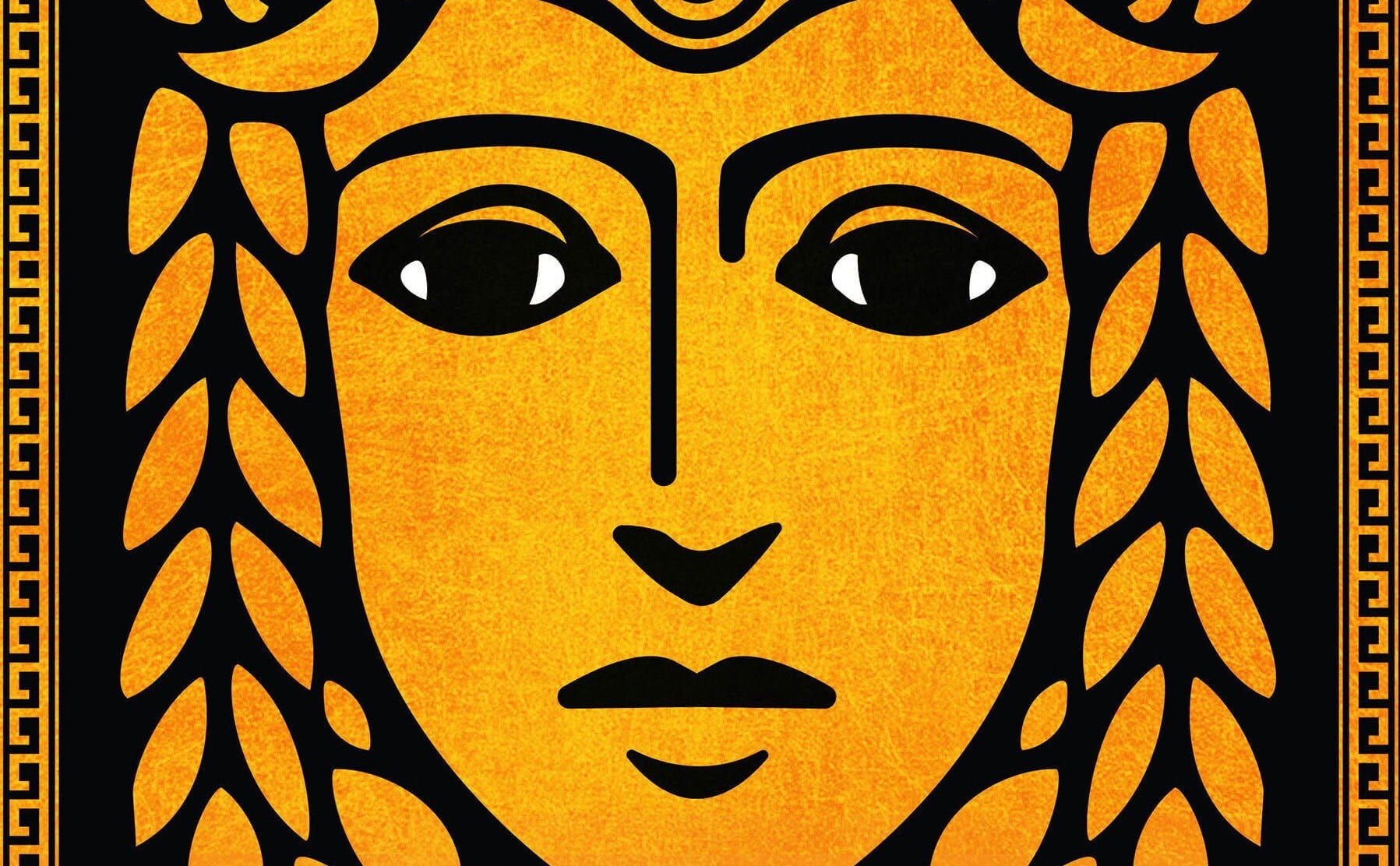By Mati Davis
Sappho 31 and Catullus 51
These two poets focus on the same theme as the previous part of this series: love’s pains. Catullus’ poem 51 hovers somewhere between allusion and direct quotation of Sappho’s poem 31. These two are as interesting for their similarities as for their differences. Even though they follow nearly the same formula, Catullus deftly contrasts Sappho’s romantic euphoria with his own frenzied agony…


